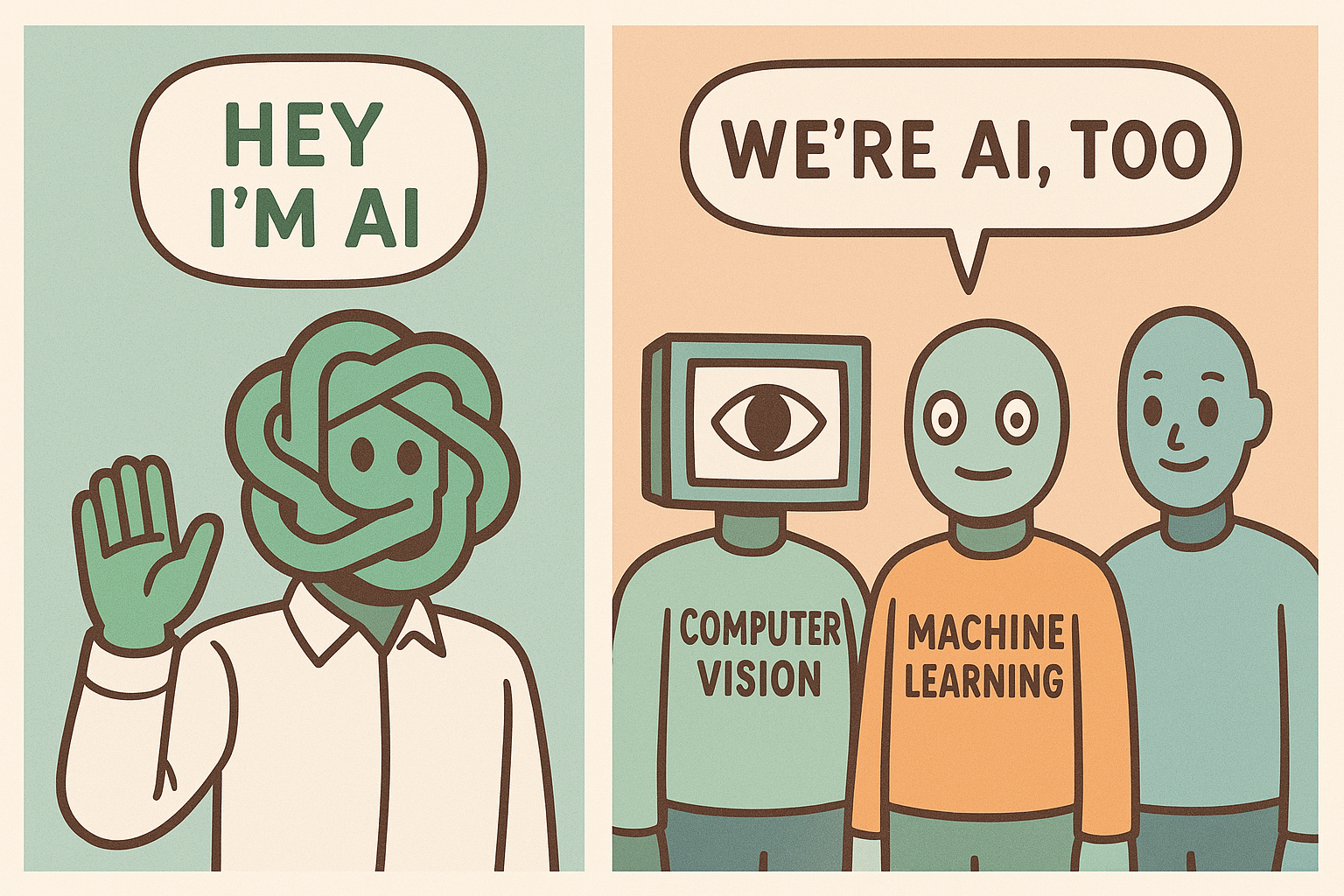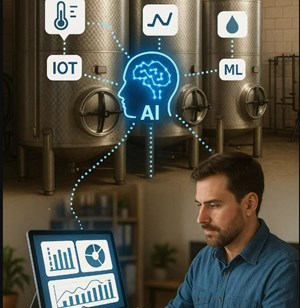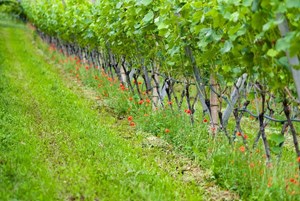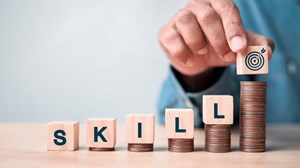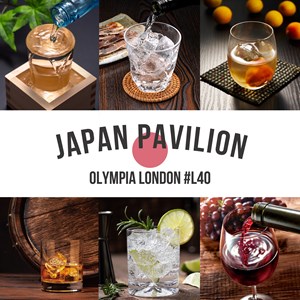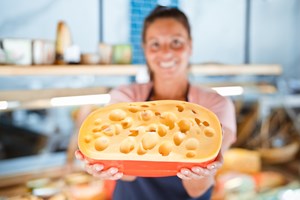Before we begin, here’s a quick guide to help you navigate how I’ll refer to AI throughout this article series. AI is a broad spectrum of technologies.
When I mention GenAI, I’m referring specifically to Generative AI—the kind popularised by tools like ChatGPT, known for its accessibility and content creation capabilities.
When I use AI more generally, I’m referring to areas like machine learning, computer vision, and the many other innovations within the field. (You can visit my Substack for more background and deep dives into these topics.)
—-----
In an industry so deeply rooted in heritage, the idea of AI and robotics in the vineyard might once have seemed like science fiction. Today, it’s quickly becoming reality. As producers face increasing pressure from climate change, labour shortages, and rising input costs, technology offers a compelling path forward—one that doesn't replace tradition but enhances it.
Opportunities: Smarter, Sustainable Viticulture
One of the clearest benefits of AI-driven viticulture is precision. Sensors, drones, and satellite imaging can monitor everything from canopy development to soil moisture, creating rich datasets for real-time decision-making. This enables producers to apply water, fertilisers, and treatments only where and when they’re truly needed—minimising waste, reducing environmental impact, and, perhaps best of all, without a human leaving the warm comfort of the office.
Machine learning algorithms can also detect early signs of disease or pest pressure, allowing for preventative rather than reactive treatment. This saves time, reduces costs, and helps safeguard yields. In a world of increasing climate unpredictability, these tools help producers move from guesswork to data-backed action.
Robotics, too, are reshaping how work is done in the vineyard. From autonomous tractors to robotic weeders—and even night-time grape-picking machines that could one day be steered remotely via VR—automation is helping to bridge the growing labour gap, especially during critical moments like harvest or frost protection.
Challenges: Adoption, Cost, and Culture
Despite the promise, challenges remain. One of the most immediate is cost. Many of these technologies still carry a high upfront investment, especially for smaller or family-run estates. Although prices are slowly coming down and more scalable solutions are emerging, adoption remains uneven across the industry.
There’s also the issue of data literacy. Gathering data is one thing—knowing how to interpret it and apply it meaningfully is another. For many producers, especially those without a technical background, this can feel overwhelming. There’s a growing need for accessible tools, education, and training to help winemakers unlock the full potential of their data.
Finally, there’s a cultural challenge. Wine is, at its heart, a deeply human product. Understandably, there’s hesitation about handing over elements of vineyard management to algorithms or machines. The key lies in presenting these tools not as replacements, but as collaborators—enhancing winemakers’ intuition with insight and freeing up their time to focus on what they do best.
The Road Ahead
The AI-driven vineyard isn’t just a trend—it’s a powerful opportunity to build a more resilient, efficient, and sustainable future for wine. As technologies become more affordable and user-friendly, and as younger generations enter the industry with digital fluency, we’re likely to see a shift from experimentation to everyday practice.
Bordeaux, Stellenbosch, Sussex or Sonoma—the future of winegrowing will still be rooted in the soil, but increasingly guided by data.
Next week, we’ll move from vineyard to winery and explore how AI is being used in vinification—helping producers refine fermentation, manage quality, and bring even more precision to the art of winemaking. Stay tuned!
Interested in reading more? Check out my substack here
